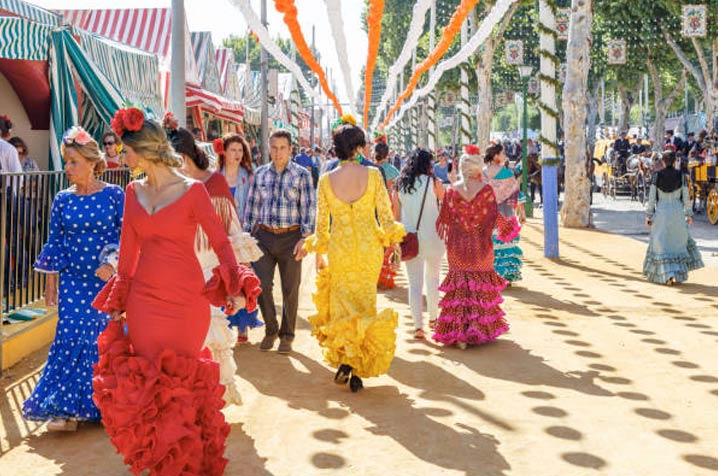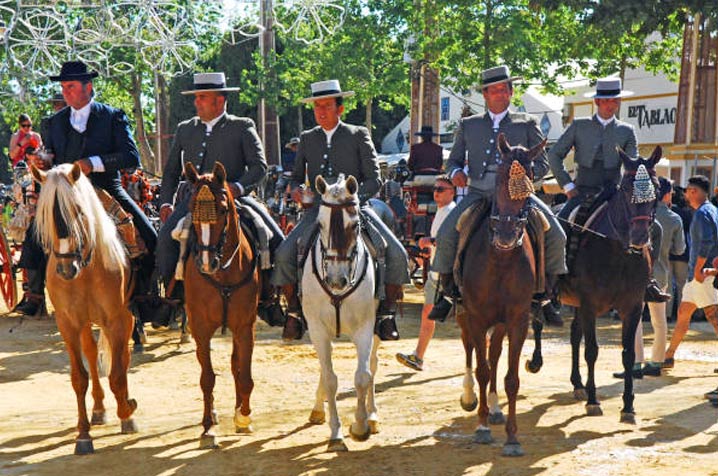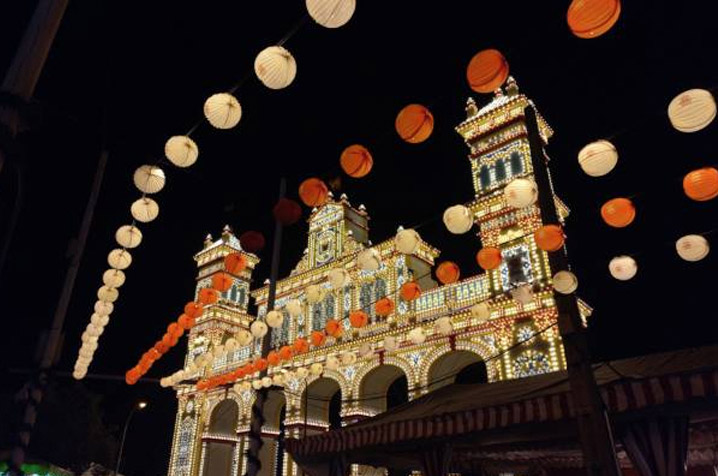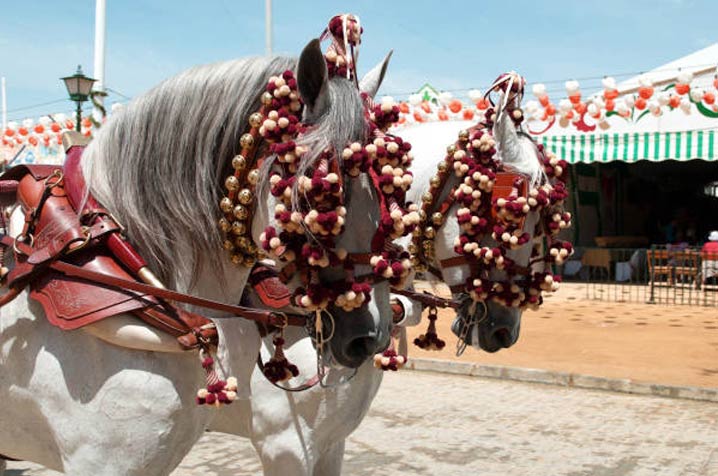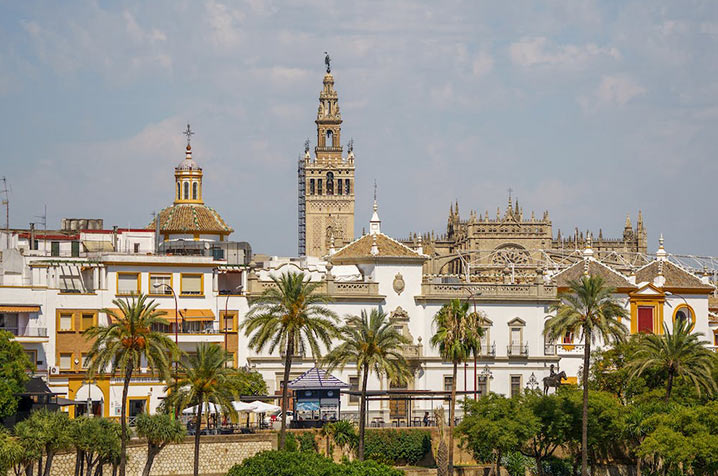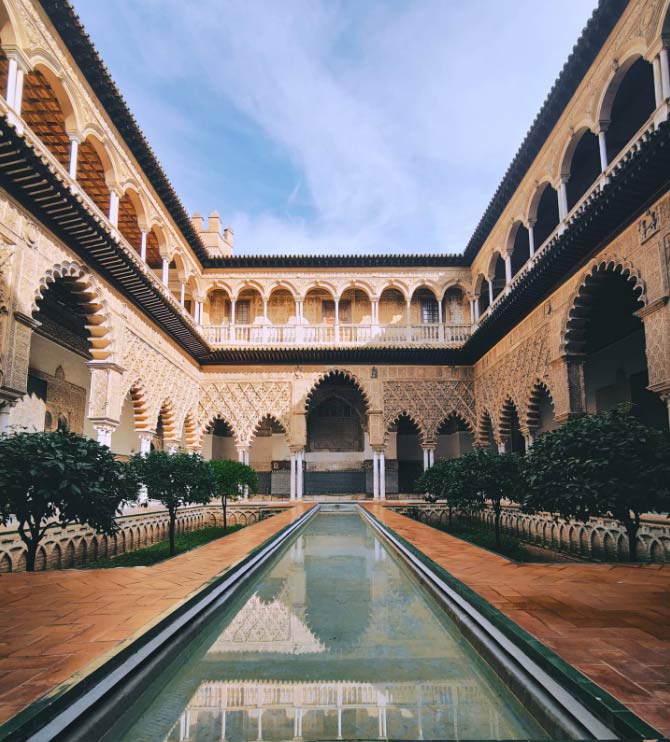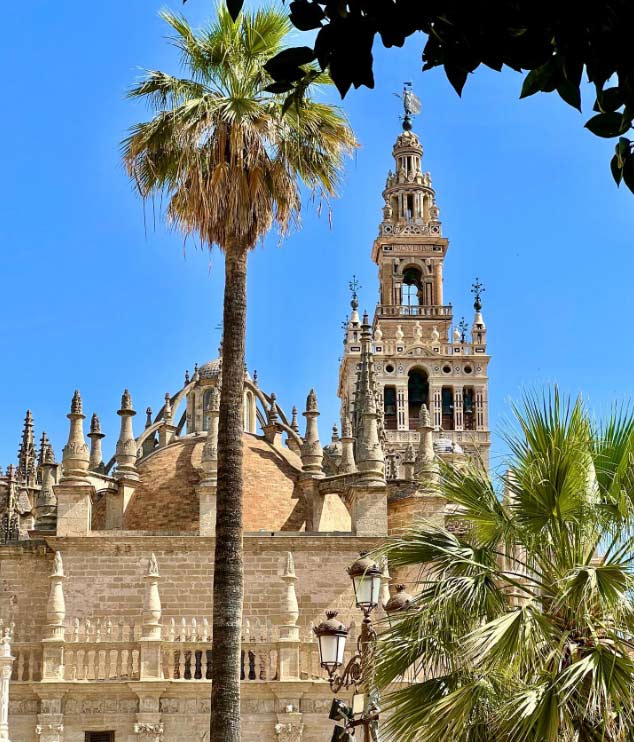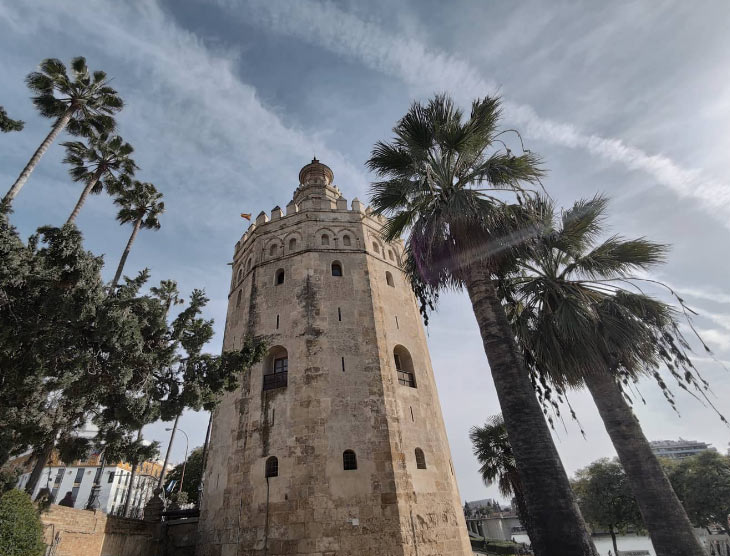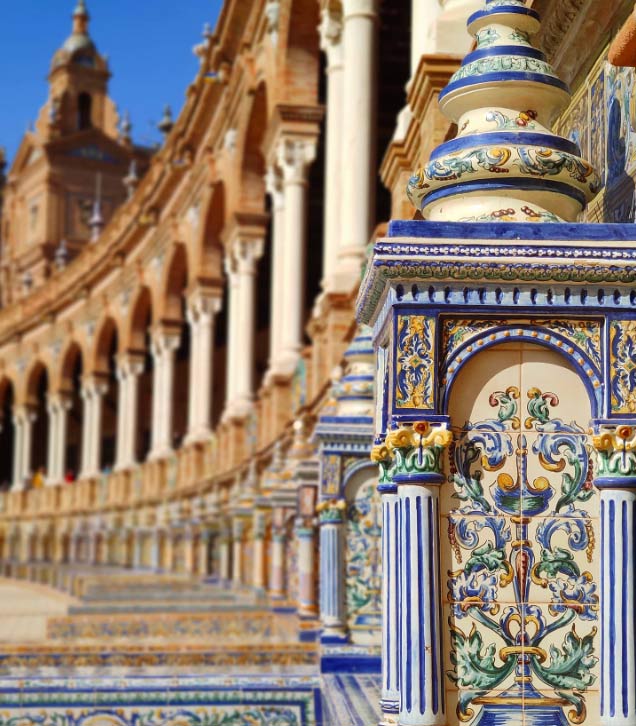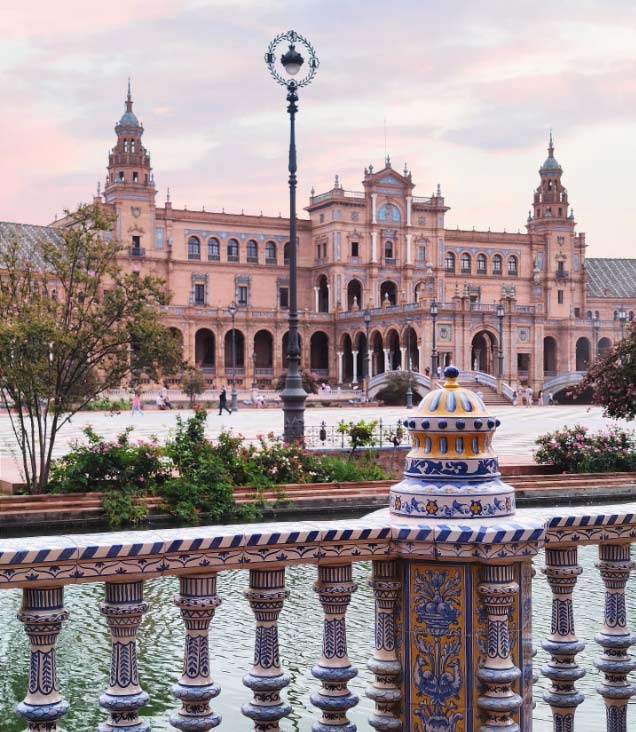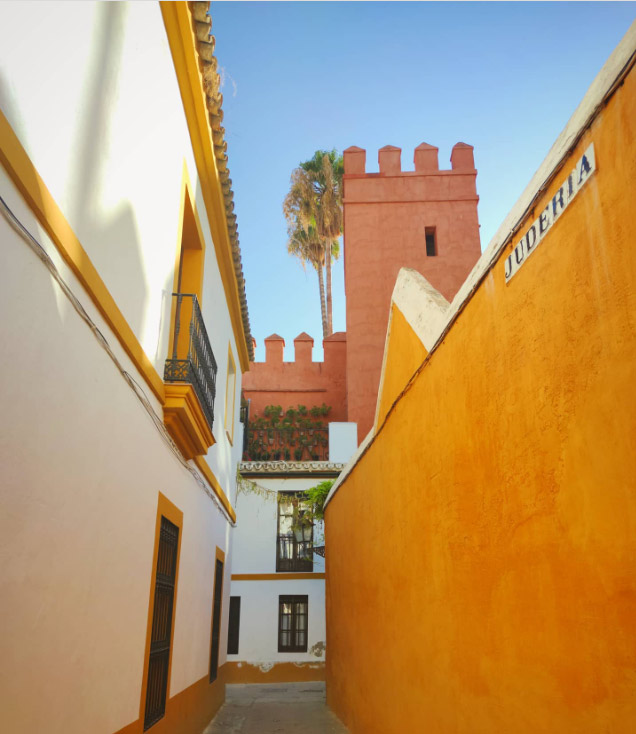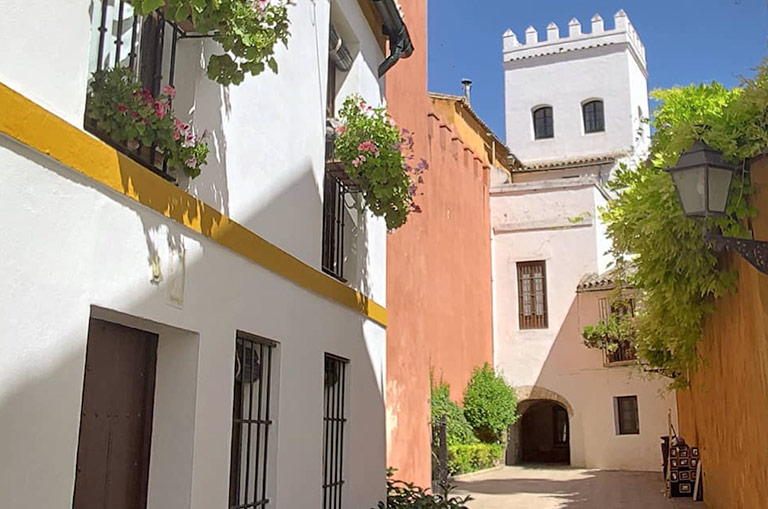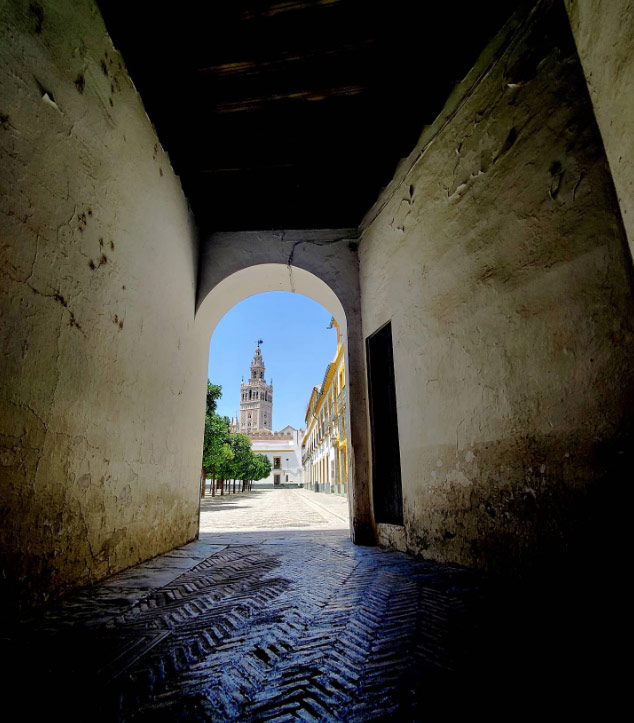Small group tours in Seville
Choosing small group tours in Seville offers numerous benefits. From personalized experiences, in-depth cultural insights with access to hidden gems and a sense of closeness with fellow travelers. These tours not only enhance your visit ,but also contribute to the preservation of Seville’s rich heritage and support the local community. Join Seville Unique Experience and enjoy the best quality routes to discover Seville.
Small group tours in Seville
Whether you are drawn to Seville’s historical landmarks and magic cultural scene, small group tours provide the perfect way to explore and appreciate the city. By opting for a small group experience, you ensure a memorable, engaging, and respectful journey through one of Spain’s most beautiful and historically significant destinations. So, embark on a small group tour and discover the magic of Seville.
Is it worth visiting Seville on small group tours?
Seville, the capital of Andalusia, is a city brimming with rich history, vibrant culture, and stunning architecture. The question isn’t whether it’s worth visiting Seville. Its how you should experience it. Small group tours offer an intimate and enriching way to explore this enchanting city. Here’s why they are the best choice for your Seville adventure.

Sense of closeness and trust
One of the most rewarding aspects of small group tours in Seville is the sense of closeness and trust. The guides play a pivotal role in shaping your experience. We provide valuable insights, make you feel safe, and ensure that you get the most out of your visit. This trust allows for a more relaxed and enjoyable tour, where you can fully immerse yourself in the experience without worrying about logistics.
Small group tours allows for a more personalized experience, where guides cater to individual interests and answer questions in detail. Small group tours allow guides to give personalized attention to each participant by helping you capture the perfect photo, recommending a local dish, or ensuring you understand the historical context of a site. This level of attention ensures a richer and more fulfilling experience. That way, small group tours make you feel like a valued participant, ensuring that your unique curiosities and preferences are addressed.

Preserving heritage of Seville
Seville’s heritage is a tapestry of diverse influences, from its Roman foundations and Moorish architecture to its Gothic cathedrals and Renaissance art. Preserving this heritage is not only crucial for maintaining the city’s historical integrity but also for ensuring that future generations can enjoy its beauty and cultural significance.
A key aspect of heritage preservation is education. Small group tours provide an excellent platform for raising awareness about the importance of protecting Seville’s historical sites. Guides often share stories about the restoration efforts and challenges faced in maintaining these landmarks, fostering a sense of responsibility among visitors to respect and protect these treasures.
Commitment to sustainability
As a small group tour operator, Seville Unique Experience is committed to sustainable tourism practices. This includes minimizing environmental impact by encouraging walking tours, supporting local businesses, and promoting eco-friendly activities. These efforts help reduce the carbon footprint of tourism and ensure that Seville’s natural and architectural wonders are preserved.
Supporting local artisans and traditions
Small group tours in Seville often include visits to local artisans, flamenco shows, and traditional workshops. These interactions provide tourists with a deeper appreciation of Seville’s cultural heritage and help sustain the livelihoods of local craftspeople and performers. By choosing tours that prioritize local culture, visitors contribute to the preservation and continuation of Seville’s unique traditions.
Quality routes to discover Seville
Visiting Seville through quaility routes ensures that you experience the city’s most significant landmarks as well as its hidden treasures. Here are some of our best routes:
- Exclusive Alcazar tour.
- Exclusive Cathedral and Giralda Tour.
- Jewish Quarter tour with tasty tapas and drinks.
- Jewish Quarter discovery Warlk.
- Monumental Seville unique walking tour.
- Discover the river and the secrets of Triana Quarter.
 s
s
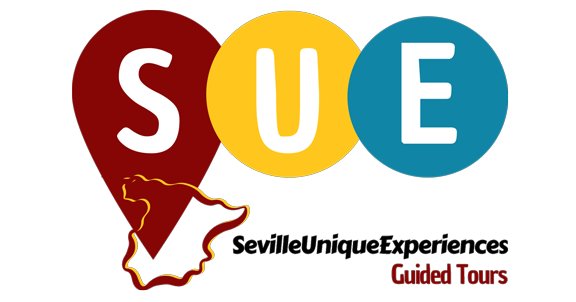
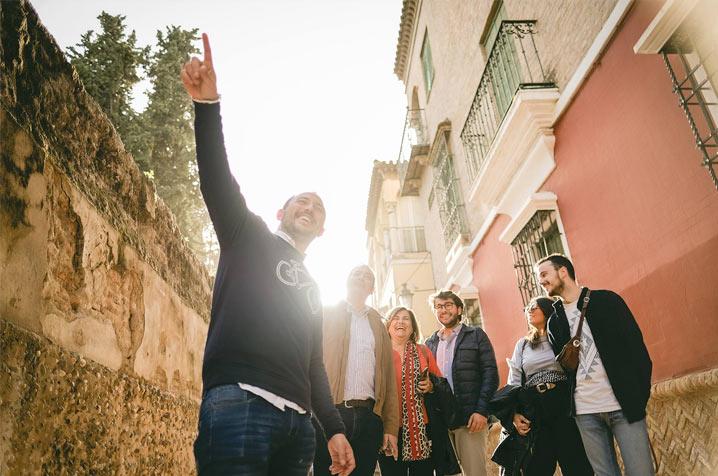
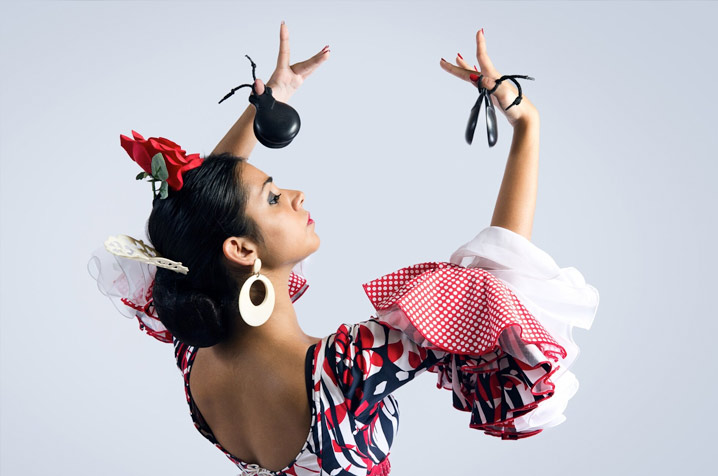
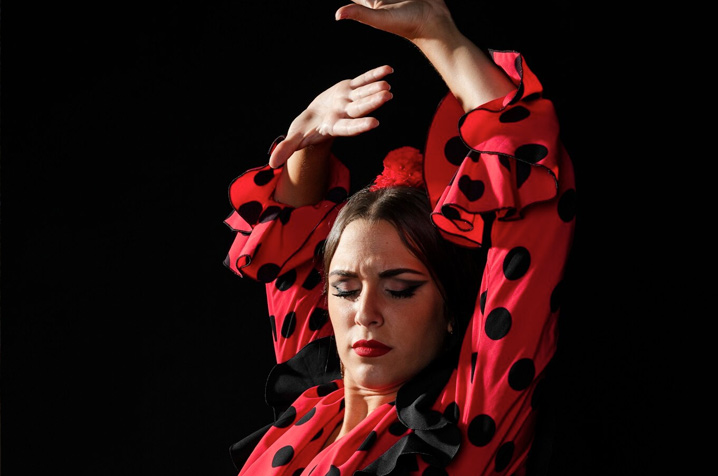
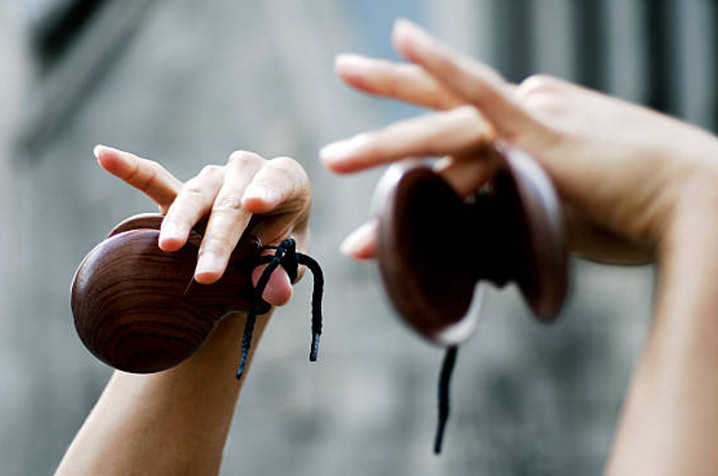
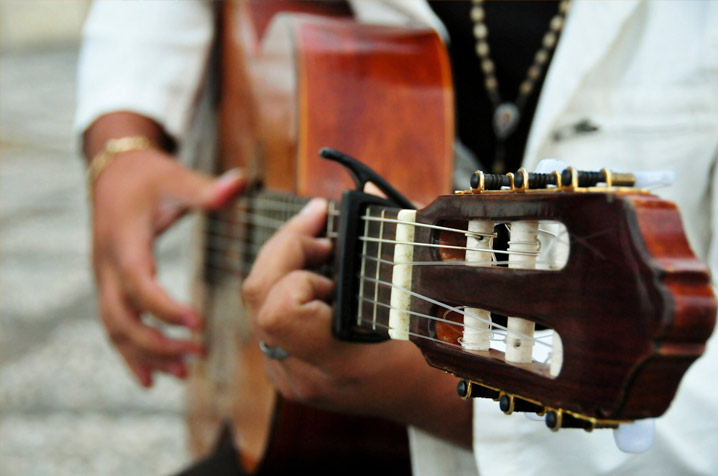
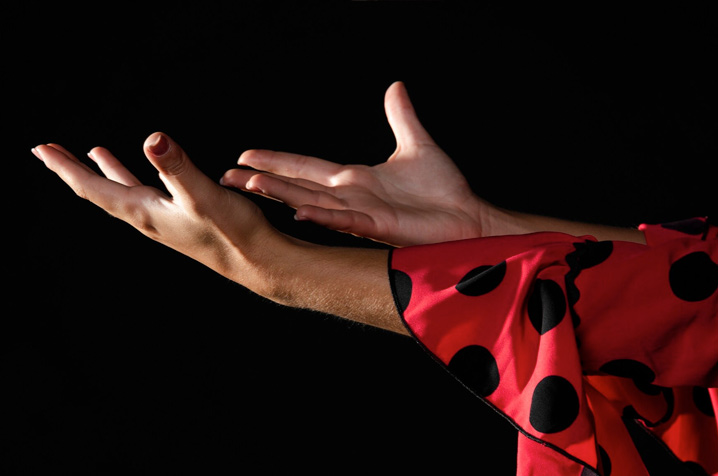
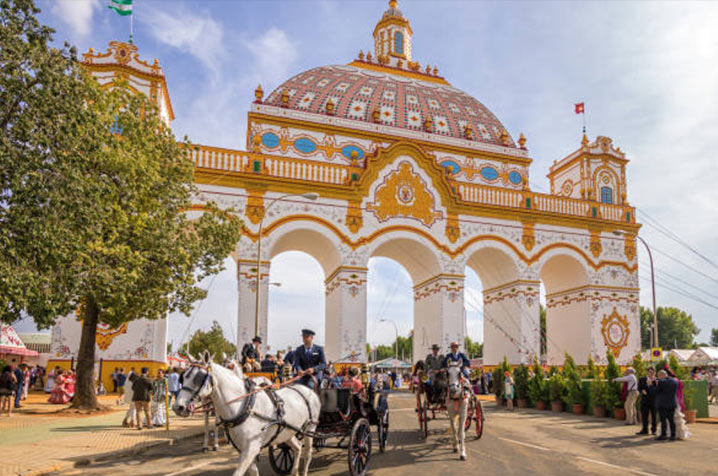
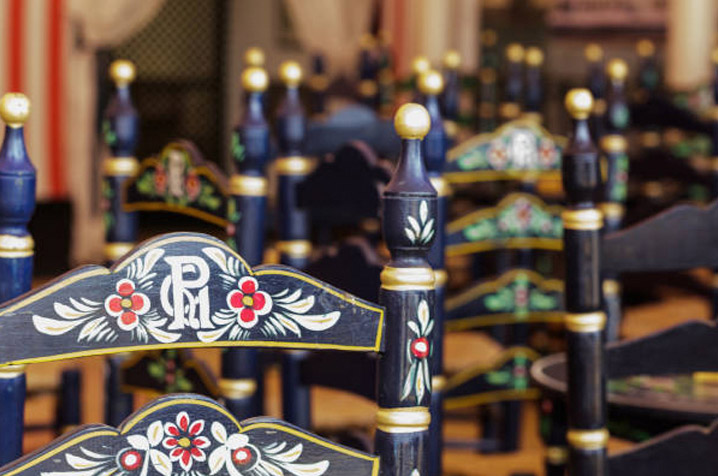 One of the defining features of the casetas is their exclusivity. While some casetas are open to the
One of the defining features of the casetas is their exclusivity. While some casetas are open to the 